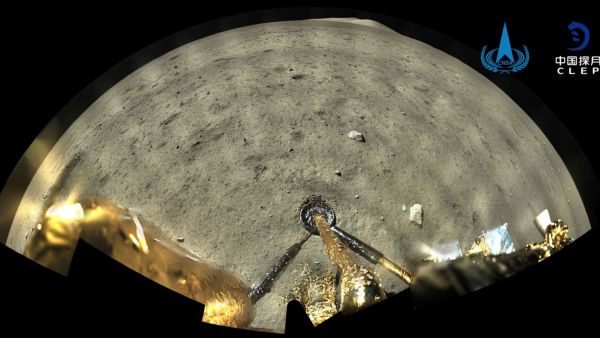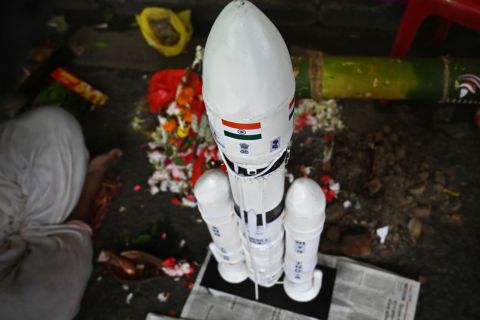What ignited the race to the Moon’s South Pole?
ALBAWABA – India may be first to land on the southernmost Lunar pole later today, just days after the Russian probe crash-landed, ending a decades-long global race to the Moon’s South Pole.
India's space agency is attempting to land a spacecraft on the Moon's South Pole.
If successful, it could advance India's space ambitions and expand knowledge of lunar water ice, which is potentially one of the moon's most valuable resources.
Since the 1960s, nations have built their space programs and ambitions on reaching the moon and even mining it for minerals and resources.
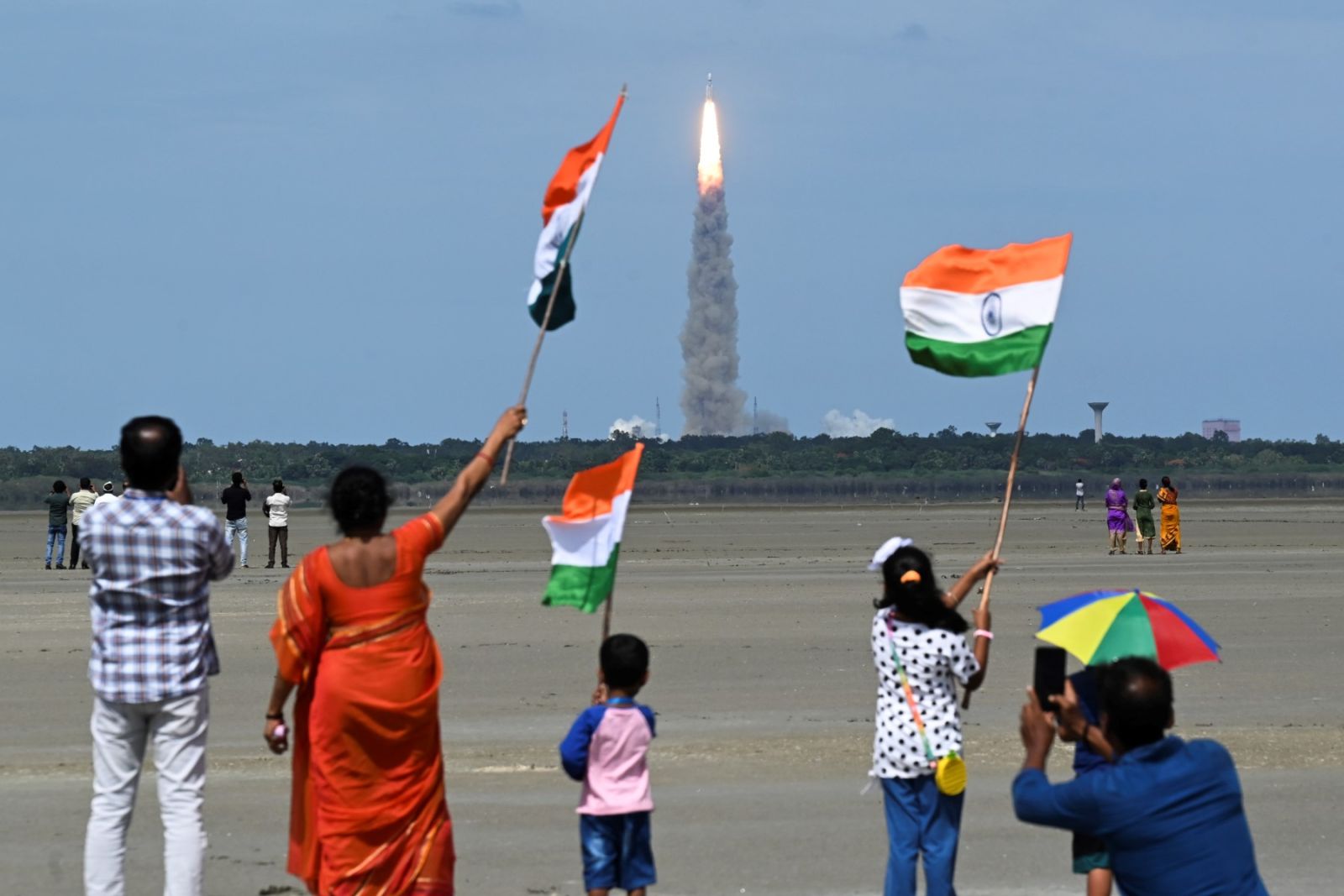
The race to the Moon’s South Pole and space in general started during the Cold War between the United States and the Soviet Union. But even though the war ended and the race to space has de-escalated since the fall of union of Soviet republics, the race to the Moon’s South Pole has not.
Why is the race to the Moon’s South Pole important?
Back in the 1960s, before the first Apollo landing, scientists speculated that water could exist on the moon. But the samples brought back by the Apollo crews for analysis in the late 1960s and early 1970s appeared to be dry, according to Reuters.
However, a later NASA mission, the Lunar Prospector, found evidence in 1998 that the highest concentration of water ice was in the south pole's shadowed craters.
Ten years In 2008, Brown University researchers revisited those lunar samples with new technology and found hydrogen inside tiny beads of volcanic glass.
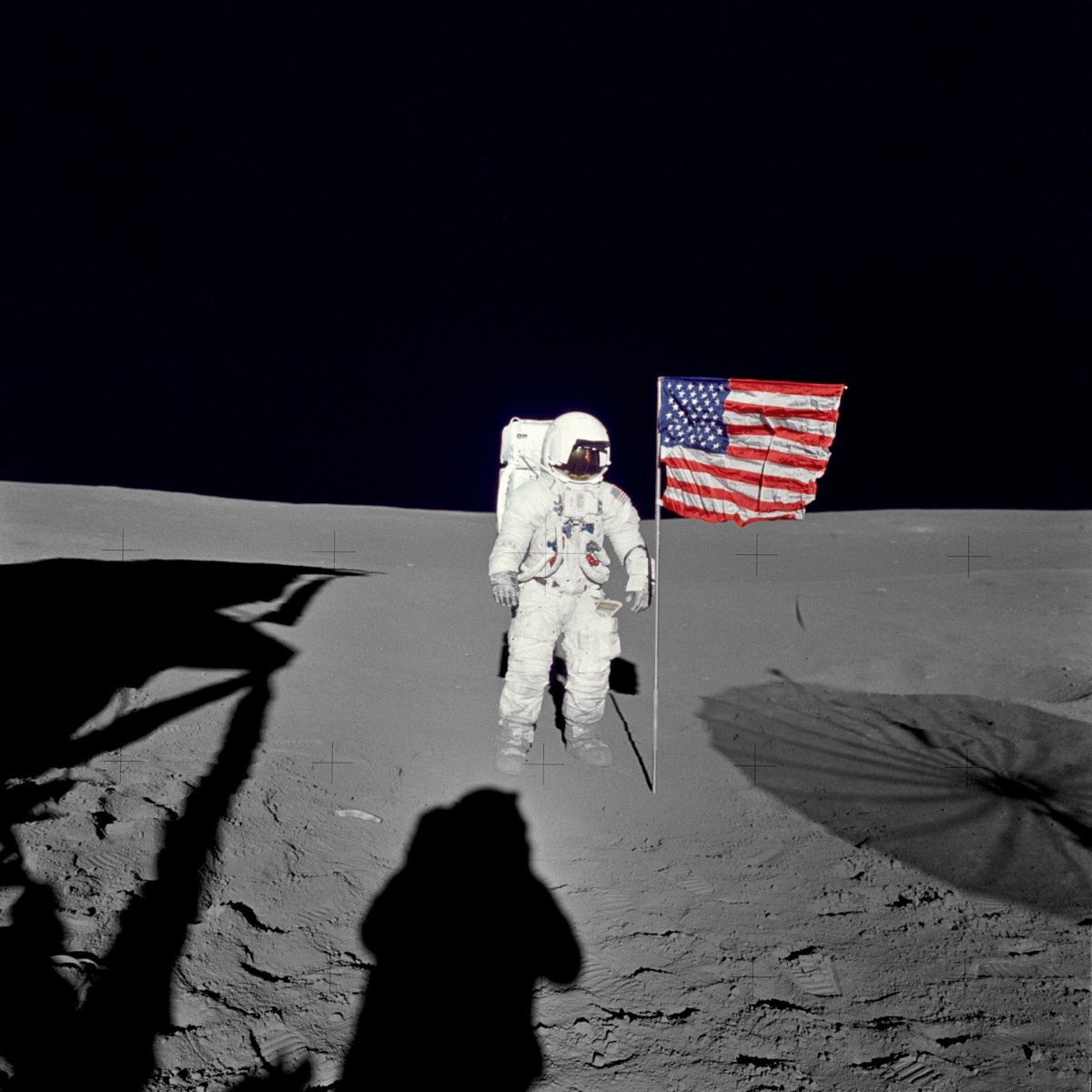
A year later, in 2009, a NASA instrument aboard the Indian Space Research Organisation's Chandrayaan-1 probe detected water on the moon's surface.
In the same year, another NASA probe that hit the south pole found water ice below the moon's surface.
Scientists are interested in pockets of ancient water ice because they could provide a record of lunar volcanoes, material that comets and asteroids delivered to Earth, and the origin of oceans.
But that is not the end of it.
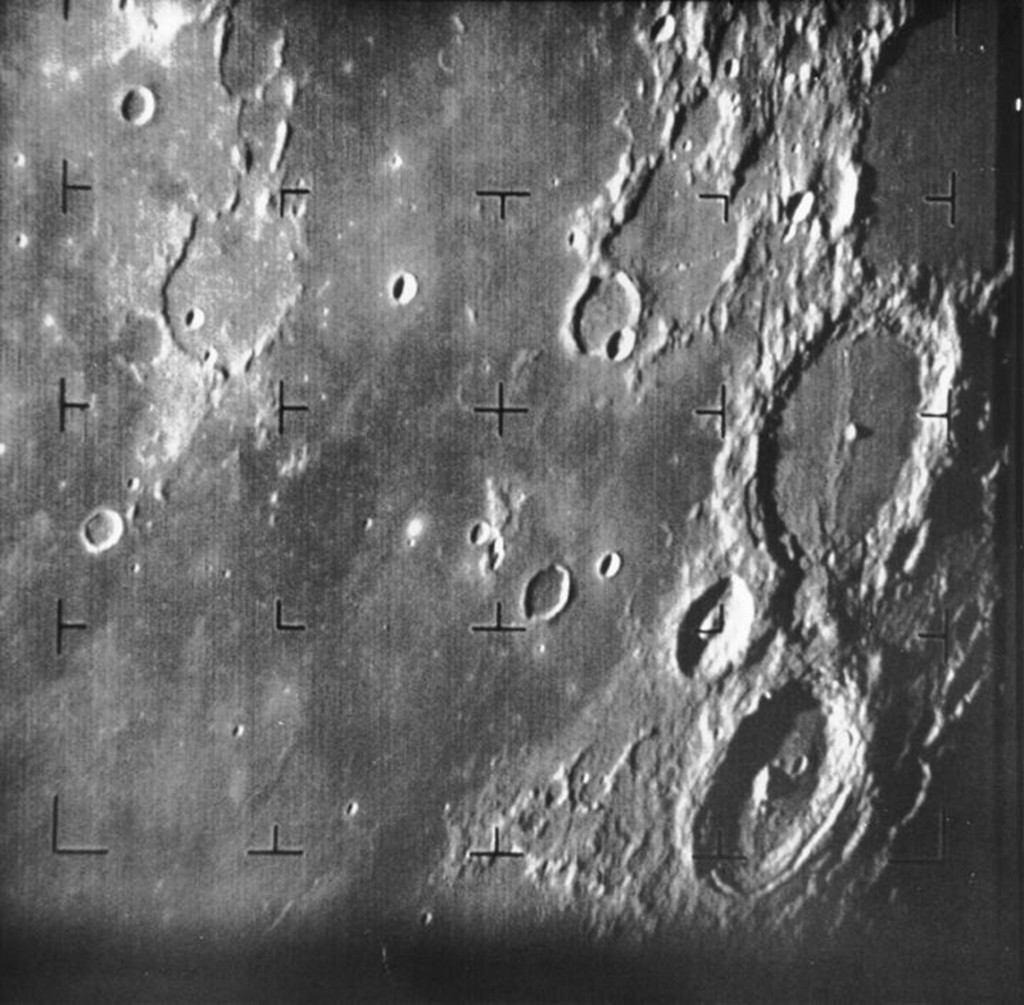
If water ice exists in sufficient quantities, it could be a source of drinking water for moon exploration and could be used to help cool equipment.
More so, water ice can be broken down to produce hydrogen for fuel and oxygen to breathe, supporting missions to Mars or lunar mining, Reuters reported.
Notably, the 1967 United Nations Outer Space Treaty prohibits any nation from claiming ownership of the moon. But there is no provision that prohibits commercial operations.

Nonetheless, the US led the effort to establish a set of principles for moon exploration and the use of its resources, called the Artemis Accords. So far, 27 countries signed on the accord. China and Russia are not among them.
Why has the race to the Moon’s South Pole taken so long?
All attempted landings on the moon before have failed. Russia's Luna-25 craft had been scheduled to land on the south pole this week but it spun out of control on approach and crash-landed on Sunday.
The ongoing Indian mission to the moon, which is scheduled to touch down later on today, seems to be on track to deliver a successful landing on the surface of the South Pole.
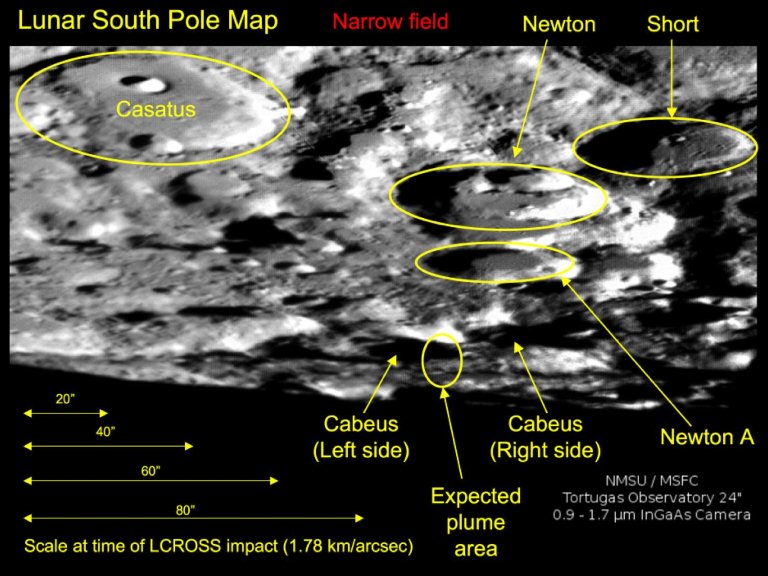
The south pole – far from the equatorial regions targeted by previous missions, including the crewed Apollo landings – is full of craters and deep trenches, making it especially difficult to land.
After Russia’s failure, with the Indians in the lead, both the United States and China have planned missions to the south pole in the near future.
Yesterday, NASA announced its upcoming Artemis III mission will land astronauts, including the first woman to land on the Moon, near the lunar South Pole. The American space agency is planning to launch its mission in 2024, according to an announcement NASA made back in 2019.


